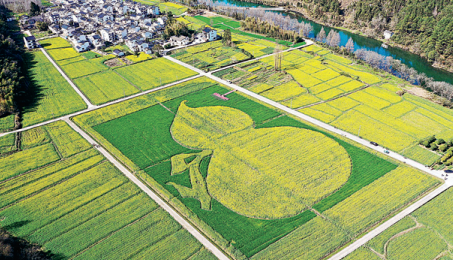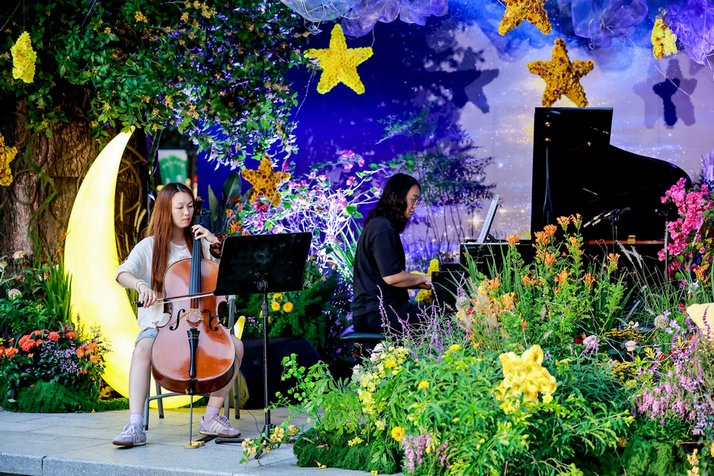Healthy changes


"Our living environment has improved, and tourism has been all the rage in the village," says Su Yingnuan, a Zhongliao resident.
"We can enjoy employment on our doorsteps and an increase in income, so we all feel happy," Su says.
At Xiaopuxi village, Xishuangbanna Dai autonomous prefecture in Yunnan, a health preservation facility featuring tea tours has drawn travelers from far and wide. The village is home to the Jino ethnic group.
The development by OCT Group has given the previously poor village a facelift, says Bai Chunguo, a village official.
"The tea trees on the mountain and the Jino culture have brought us development opportunities. Villagers can receive friends from all over the world without leaving the village," Bai says.
Apart from tourism, culture has also made its presence felt in improving rural conditions.
The General Office of the Communist Party of China Central Committee and the General Office of the State Council released a guideline to strengthen the protection of the country's intangible cultural heritage in August.
The country will work on improving the system of intangible cultural heritage inheritors and encourage the integration of intangible cultural heritage into tourism on the premise of effective preservation, according to the guideline. Efforts will be stepped up to spread and popularize intangible cultural heritage. Financial support to intangible cultural heritage protection is also offered, including government funds for intangible cultural heritage preservation, as well as interest discounts for loans and tax incentives.
"It was a very substantial protective policy, and many vocational schools now offer training classes for intangible cultural heritage skills," says Tian Jing, a member of the CPPCC National Committee and an inheritor of the national intangible culture heritage, purple pottery firing from Jianshui county, Yunnan province.
Jianshui's purple pottery is made from the local "five-color" clay. It flourished during the Qing Dynasty (1644-1911).
At last year's two sessions, Tian proposed to increase the number of intangible cultural heritage teachers at medium-level vocational schools in ethnic group-inhabited areas and to build national intangible cultural heritage digital museums.
"Both proposals have made an advancement," Tian says.
In 2018, the Ministry of Culture and Tourism and the National Rural Revitalization Administration issued guidelines that support the founding of intangible cultural heritage workshops to create job opportunities and teach traditional art skills to people who were overcoming poverty.
Tian established a purple pottery learning center in 2018 and has given training to more than 100 women from rural areas in the art that she has been studying since she was 17.
To date, more than 40,000 people in Jianshui county are involved in the purple pottery industry, which has evolved to have an output value of more than 4 billion yuan.
"Intangible cultural heritage can lend support to rural vitalization through having young people return home and pick up distinctive traditional crafts, thus increasing job and entrepreneurship opportunities," Tian explains.
In December last year, the Ministry of Culture and Tourism, the Ministry of Human Resources and Social Security, and the National Rural Revitalization Administration jointly issued a notice that they would continue to push forward development of intangible cultural heritage workshops to strengthen related culture protection and increase employment opportunities and rural income.
Niu Chengguo from Beijing's Shunyi district says that he is thrilled at those positive policies in favor of intangible heritage development.
For more than 40 years, the 56-year-old villager has engaged in making fire-painted bottle gourd artworks, which was named an intangible heritage item by the Beijing government in September 2021.
"With all this good news, we just feel more motivated than ever to forge further ahead on our intangible cultural heritage journey," he says.
Contact the writer at yangfeiyue@chinadaily.com.cn

































